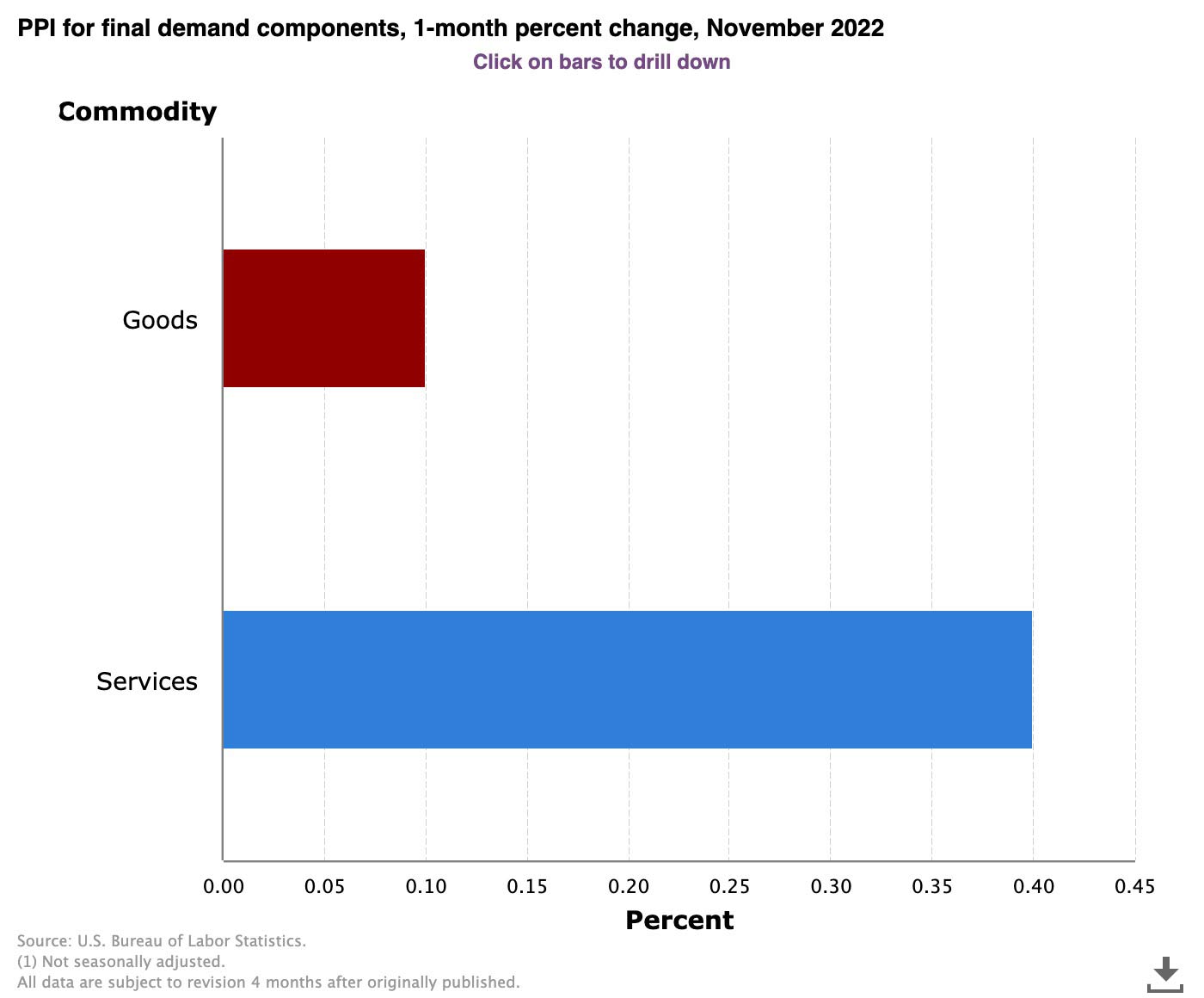

Earlier this month, Department of Labor Secretary Marty Walsh declared that the November Bureau of Labor Statistics (BLS) report (which showed that the U.S. added 263,000 jobs with unemployment at 3.7 percent) was good news for working families.”
However, as media analyses outline, November jobs and unemployment data show in many ways how the economic situation is not improving for many U.S. workers. More Americans are finding themselves needing multiple jobs to make ends meet, or dropping out of the labor force entirely.
The push for more immigration amidst growing economic uncertainty only adds to the financial insecurity of working U.S. families. A policy rooted in economic fairness would limit employers’ access to foreign labor.
Labor Participation Rate Goes Down in November
The New York Times explained that “[t]he overall labor force participation rate ticked down in November, to 62.1 percent. In February 2020, it stood at 63.4 percent…”

The New York Times also noted that: “economists found reasons for concern in the evidence that growth is now largely coming from service sectors like education, health care and hospitality, which powered November’s job gains. Hiring in industries most sensitive to rising borrowing costs, like construction and manufacturing, started to level off, and workers put in fewer hours during the average week.”
Computer Scientist Graduates Struggle to Find Tech Jobs
The New York Times article “Computer Science Students Face a Shrinking Big Tech Job Market” continues to highlight the toughening jobs market for U.S. tech talent. Columnists Singer and Huang write:
Over the last decade, the prospect of six-figure starting salaries, perks like free food and the chance to work on apps used by billions led young people to stampede toward computer science — the study of computer programming and processes like algorithms — on college campuses across the United States. The number of undergraduates majoring in the subject more than tripled from 2011 to 2021, to nearly 136,000 students, according to the Computing Research Association, which tracks computing degrees at about 200 universities.
Tech giants like Facebook, Google and Microsoft encouraged the computing education boom, promoting software jobs to students as a route to lucrative careers and the power to change the world.
But now, layoffs, hiring freezes and planned recruiting slowdowns at Meta, Twitter, Alphabet, Amazon, DoorDash, Lyft, Snap and Stripe are sending shock waves through a generation of computer and data science students who spent years honing themselves for careers at the largest tech companies. Tech executives have blamed a faltering global economy for the jobs slowdown.”
These tech workers are not getting the help they need from the House of Representatives, which is pushing to allow companies to get around temporary visa caps under the EAGLE Act.
More Workers Seek Additional Jobs to Keep Up With Price Increases
As wholesale prices increased 0.3 percent in November, some media outlets have reported how U.S. working families are seeking extra jobs to cope with rising costs.

In the November Wall Street Journal column “More Workers Get Side Hustles to Keep Up With Rising Costs,” Ray. A. Smith writes:
The October jobs report shows the number of Americans working part-time jobs in addition to their full-time jobs has increased 6%, year-over-year, to 4.5 million people, according to statistics from the Labor Department…
Nearly three-quarters of workers said they need additional work to make enough income due to inflation, according to an October survey of more than 1,700 U.S.-based employees by job search website Monster.com. A separate survey of more than 4,700 people conducted by Prudential Financial Inc. found 81% of Gen-Z and 77% of millennial workers said they have pursued gig work or are considering additional side work this year to supplement their income…”
In November, the economy added 263,000 jobs, the Bureau of Labor Statistics said on Friday, topping economists’ average forecast of 200,000, according to Dow Jones. Buried in the details, though, is a 165,000 jump in people holding multiple jobs. That’s the largest rise since June and above the 60,000 monthly average increase in the last six months, noted Comerica Bank chief economist Bill Adams.”
Unemployment Predicted to Rise Significantly
The Washington Post published opinion columnist Heather Long’s article ‘Soft landing’ is a terrible name for what’s coming” wherein she asserts:
The reality is that a substantial number of Americans will experience pain even if the country doesn’t technically fall into a recession. A more appropriate term is probably a “forced landing” or an “emergency landing”…Even the normally optimistic New York Fed President John Williams predicted unemployment could rise to 5 percent, up from the current 3.7 percent. That means about 2 million people would lose their jobs.”
Fair and responsible U.S. immigration policy should support U.S. workers during economic precariousness – not persist on mass immigration to depress wages and bargaining power.
LISA IRVING is a Content Writer for NumbersUSA’s Media Standards Project
Take Action
Your voice counts! Let your Member of Congress know where you stand on immigration issues through the Action Board. Not a NumbersUSA member? Sign up here to get started.
Donate Today!
NumbersUSA is a non-profit, non-partisan organization that relies on your donations to works toward sensible immigration policies. NumbersUSA Education & Research Foundation is recognized by America's Best Charities as one of the top 3% of well-run charities.
Immigration Grade Cards
NumbersUSA provides the only comprehensive immigration grade cards. See how your member of Congress’ rates and find grades going back to the 104th Congress (1995-97).